It's All Saint's Day and the celebration of the Dead continues in San Miguel Allende, Mexico. It's very festive and reminds me of the Mardigras in New Orleans. Apparently, the celebration is a way of defying Death, a custom that dates back to pre-Hispanic days.
The indigneous people reportedly believe that the gates of heaven are open at midnight on October 31, and the spirits of dead children are allowed to be reunited with their familes for 24 hours. On November 2, the spirits of the dead adults come down to enjoy the festivities prepared by their families.
Around town, there are many bazaars selling sugar candy shaped as skulls, pigs, sheep, and other shapes, traditional Day of the Dead candies. There are memorials created near the park for the dead, with elaborate decoration and offerings.
People continue to walk around in costume, and all sorts of festivities are prepared for the next few days - processions of people in costume, visits to the cemeteries, and so on. The locals are very busy carting flowers, candles, and other decoration for the tombs of their deceased relatives.
Here's a writeup about the Day of the Dead, courtesy of this site. I've posted pictures which I've taken around town, showing the Allende Institute and the center of town, where there is a lot of celebratory activities.
History of Day of the Dead ~ Dia de los Muertos
Day of the Dead is an interesting holiday celebrated in central and southern Mexico during the chilly days of November 1 & 2. Even though this coincides with the Catholic holiday called All Soul's & All Saint’s Day, the indigenous people have combined this with their own ancient beliefs of honoring their deceased loved ones.
They believe that the gates of heaven are opened at midnight on October 31, and the spirits of all deceased children (angelitos) are allowed to reunite with their families for 24 hours. On November 2, the spirits of the adults come down to enjoy the festivities tsat are prepared for them.
In most Indian villages, beautiful altars (ofrendas) are made in each home. They are decorated with candles, buckets of flowers (wild marigolds called cempasuchil & bright red cock's combs) mounds of fruit, peanuts, plates of turkey mole, stacks of tortillasand big Day-of-the-Dead breads called pan de muerto. The altar needs to have lots of food, bottles of soda, hot cocoa and water for the weary spirits. Toys and candies are left for the angelitos, and on Nov. 2, cigarettes and shots of mezcal are offered to the adult spirits. Little folk art skeletons and sugar skulls, purchased at open-air markets, provide the final touches.
Day of the Dead is a very expensive holiday for these self-sufficient, rural based, indigenous families. Many spend over two month's income to honor their dead relatives. They believe that happy spirits will provide protection, good luck and wisdom to their families. Ofrenda building keeps the family close.
On the afternoon of Nov. 2, the festivities are taken to the cemetery. People clean tombs, play cards, listen to the village band and reminisce about their loved ones. Tradition keeps the village close. Day of the Dead is becoming very popular in the U.S.~ perhaps because we don't have a way to celebrate and honor our dead, or maybe it's because of our fascination with it's mysticism.
Tags: San Miguel Allende, Mexico, shopping, Mercado Artesanias, travel, tourism
This is all for now,






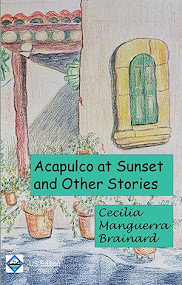



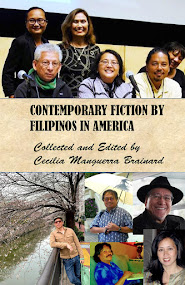
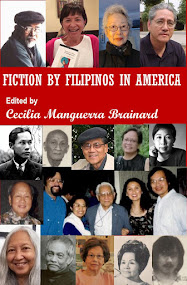



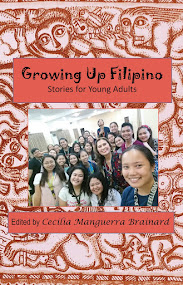
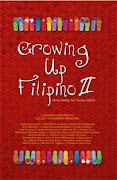


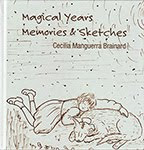


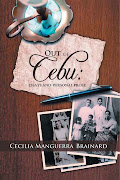





2 comments:
In the Roman Catholic religion there are 10 Holy Days of Obligation. November 1st is All Saints Day and is one of the 10. November 2d, is called All Souls Day in The United States and Day of the Dead in Mexico and Central America and is not one of the 10. There's an incorrect implication in your blog and in the cited article that All Saints Day is on November 2d.
Thanks for the comment. What you say is technically correct except that the celebration of the "Day of the Dead" goes on for several days in San Miguel Allende. There were festivities on October 31, November 1, and November 2 -- and the whole thing generically referred to as "Day of the Dead."
Post a Comment